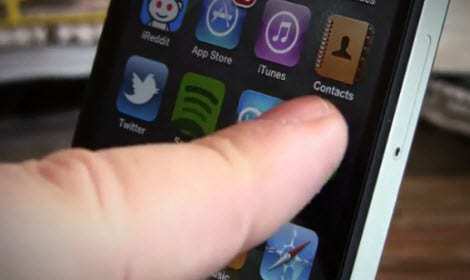IBM research indicates that in Q2 2012, smartphone shopping continued to climb.
A new report issued by IBM has shown that mobile commerce has continued its upward climb through the second quarter of this year, while social media generated retail sales have taken a noticeable dip.
The smartphone shopping share rose from 13.3 percent in Q1, to 15.1 percent in Q2.
During the same time period, sales made through social media dropped to 1.9 percent, from having been 2.4 percent. The mobile marketing numbers from the Online Retail Sales Index from IBM showed that the overall positive feeling regarding social media fell to 18.6 percent from 25.1 percent.
IBM blames this decline in social shopping on the lack of a standard within brands and companies regarding the way that this channel is best utilized. It explained this phenomenon by saying that it centers on a failure to achieve a coordinated effort between CIOs and CMOs, as online and marketing strategies are increasingly dependent on technology drivers.
The report stated that “The lack of this alliance hinders the deployment of integrated technologies capable of fueling effective social media efforts.”
Similarly, a report made by Bloomberg last February showed that J.C. Penney, Gamestop, and Nordstrom had each closed up their Facebook storefronts due to a lack of results for driving mobile and standard online commerce.
This has led Facebook to consider new mobile commerce options for its social network.
For example, the latest rumors have indicated that there will be a “want” button that will help merchants to convert their social engagements into actual mobile commerce sales.
Overall, though, m-commerce is really taking off. Purchases are being made from devices including everything from smartphones based on the iOS and Android platforms, to iPads and other tablet devices. The 15 percent share of online sales from mobile commerce is a notable increase from the 8 percent it was holding at the same time last year.
The report suggests that the increase in mobile commerce is greatly driven by the continuing increase in penetration of these devices. The American penetration is currently estimated to be 16 percent for tablets and 50 percent for smartphones.

